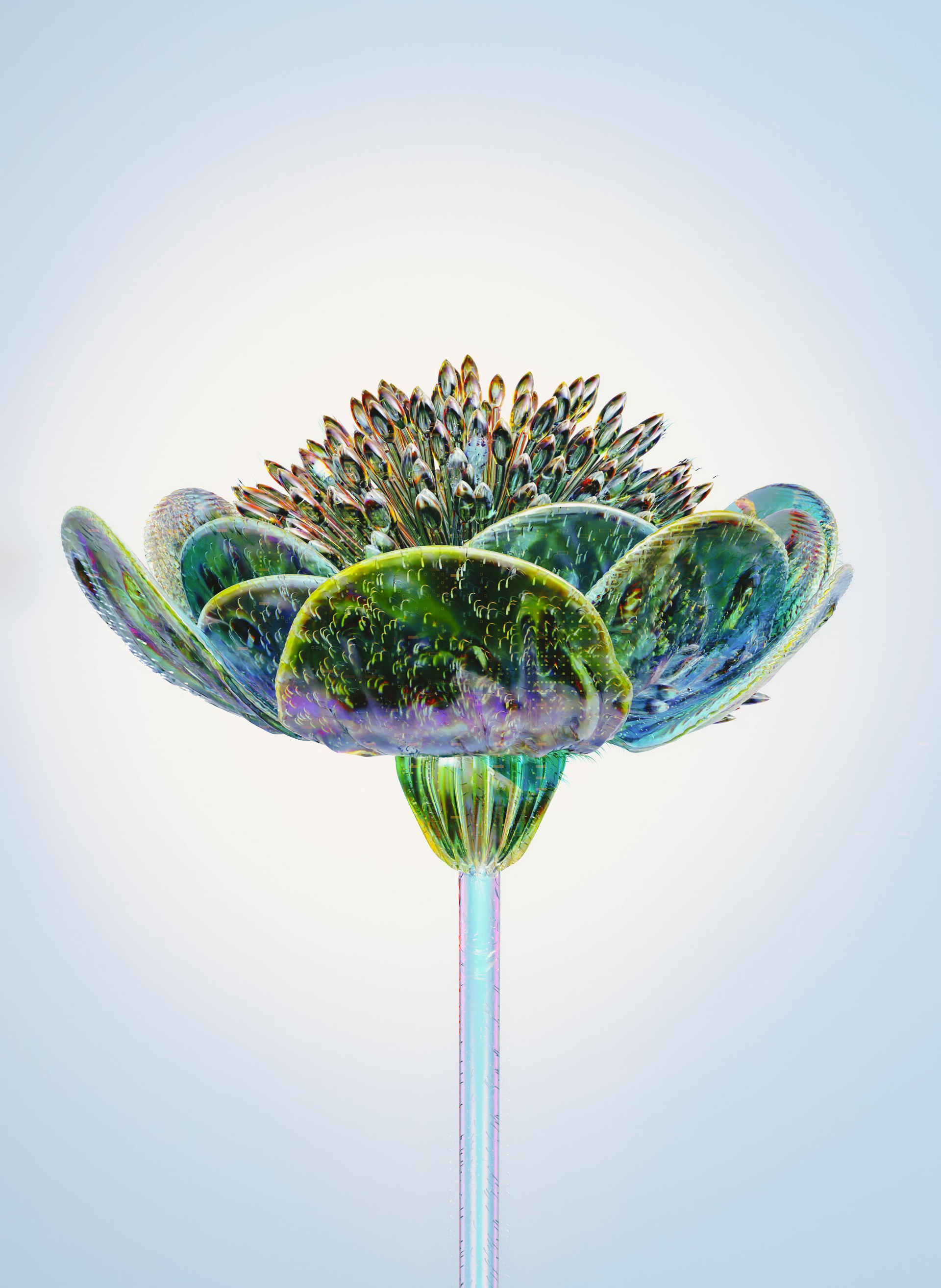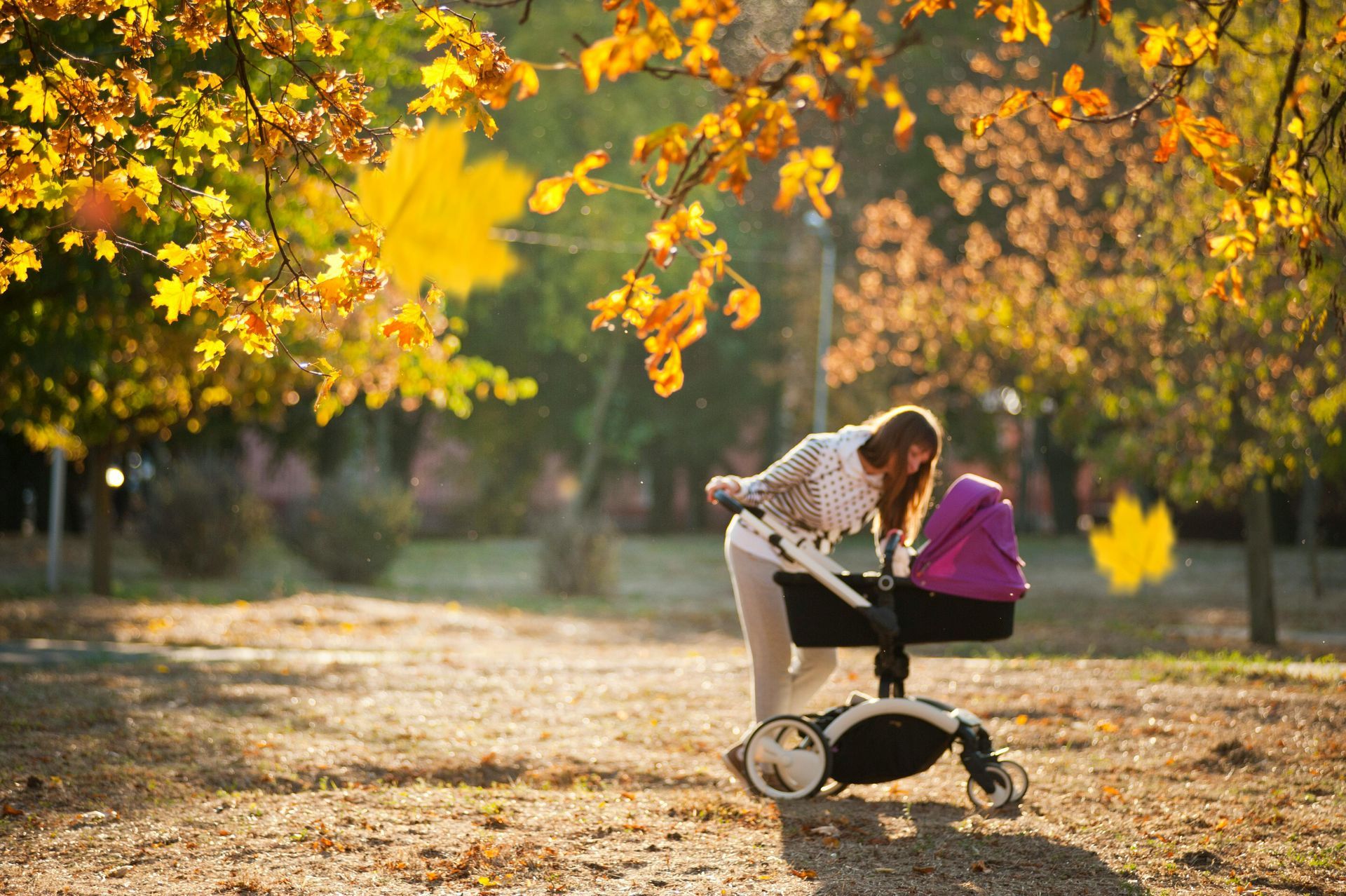A guide to Creating the Perfect Oxytocin Bubble for Pregnancy and Postpartum.
Supporting the Queen Hormone of Labour and Birth- Oxytocin
I love that pregnancy and birth hormones are having their moment on social media and therefore entering our collective consciousness about birth physiology. Oxytocin is the queen of the hormones related to birth. While there are synthetic forms of oxytocin, typically given intravenously during an induction of labour or in the immediate postpartum, the function is significantly less holistic than when oxytocin is produced in the brain. This post is all about that natural oxytocin, produced in our brains.
Oxytocin itself is a multi-tasking hormone (as all hormones are!) and is the primary driver of our surges during labour and postpartum. Another function of oxytocin is that of love. Oxytocin is shy, it flourishes best when the environment supports that fact. This is a paradox- oxytocin is the most important hormone of birth and is at once shy and loving, but also immensely powerful and intense.
Setting up an environment at home which is oxytocin-inducing for both late pregnancy and early postpartum is going to help us mentally get into the zone of labour, birth and postpartum- a zone where there is a lack of inhibition because we feel safe, loved and in our parasympathetic nervous response.
When we imagine this oxytocin rich environment in the full-spectrum prenatal and hypnobirthing course that I offer in the Zurich region I invite parents to consider all of our senses and how we can encourage all of these sensory experiences both at home, late in pregnancy, during early labour at home, during the postpartum at home, and then also how parents could bring these things into their birth environment (if they are giving birth away from home).
First, let's start with sight, as we are primarily a visual species. I invite you to brainstorm with your partner, but here are some ideas to get you started. Keep track of what works for you in a notebook or on your phone:
Sight
Sight is incredibly powerful for influencing mood and emotions. To create a visually calming and oxytocin-rich environment:
• Dim the lights: Use soft lighting like candles (in a birth environment, this almost always has to be battery operated, but in your home, you to you), fairy lights, or a Himalayan salt lamp to create a warm, inviting glow. Avoid harsh overhead lights that can feel clinical and goes against the nature of the "shy" hormone. This is important to remember in your birth context.
• Nature-inspired visuals: Bring in elements from nature, such as plants, flowers, or even photos of natural landscapes. A serene image of the ocean, forest, or a sunrise can help evoke a sense of calm. Think about which visuals were especially powerful for you when we were practicing breathing techniques.
• Personal touches: Display comforting items like family photos, affirmations, or vision boards that remind you of your strength, love, and connection.
• Colors that soothe: Choose colors that make you feel relaxed. Earthy tones, pastels, or warm shades like peach, gold, or lavender are great options. Consider the colour which came to you during The Garden of Pregnancy relaxation.
Sound
Sound has a direct impact on our nervous system, making it a critical element for creating an oxytocin-friendly environment. Consider these ideas:
• Music: Create a playlist of soothing or empowering songs, from meditation tracks to your favorite uplifting tunes. Rhythmic music can even mimic the soothing effect of a heartbeat. Having a variety of playlists makes sense- there are times when we want to invite big energy into our space, and times when something more quiet is best.
• Nature sounds: Add a sound machine or app with options like ocean waves, birdsong, or gentle rain.
• Silence: If music or sounds aren’t for you, ensure the environment allows for calm silence to deepen your focus.
• Soft voices: Encourage those around you to speak softly and with kindness, mimicking the nurturing tone of love and connection. This is especially important in the birth context and birth partners should be aware of this, and feel confident to remind people in the care team to keep things quiet and peaceful.
Touch
Touch can be grounding and comforting, supporting a sense of safety and connection. Incorporate these tactile elements:
• Soft fabrics: Surround yourself with cozy blankets, pillows, or a favorite sweater that feels comforting against your skin.
• Massage: Partner massage, with or without oils, can help relieve tension and promote relaxation. A firm, rhythmic touch on your back, hands, or feet can work wonders. The soft, light touch, massage we practice in the course, can also be wonderful. Remember hand and head massage as well.
• Warmth: Use a heated blanket, warm compress, or a warm bath to soothe muscles and enhance relaxation.
• Movement: Gentle movement, such as rocking on a birthing ball or swaying your hips, can provide comfort and rhythm to your labor process. the birth partner can mimic these movements while giving counter pressure or doing a double hip squeeze.
Smell
Scents are deeply tied to memory and emotion, making aromatherapy a powerful ally in creating a positive atmosphere:
• Essential oils: Lavender, clary sage, frankincense, or rose oils can promote relaxation. Use a diffuser or add a few drops to a wet cloth. Avoid putting them directly into a bath.
• Familiar scents: Incorporate scents that remind you of comfort and home, such as the smell of fresh bread, flowers, or a partner’s cologne.
• Fresh air: Don’t forget the power of fresh air—open a window if possible for a gentle breeze and a sense of renewal.
Taste
Taste can be a form of self-care, offering nourishment and comfort during this transformative time:
• Comforting snacks: Think light, hydrating, easy to digest, and nourishing foods like fruit.
• Drinks: Sip on warm teas like chamomile or raspberry leaf, or electrolyte-rich drinks to stay hydrated and balanced.
• Favorite treats: If it makes you feel good emotionally, have a small piece of chocolate or a favorite indulgence to lift your energy levels and spirits.
Movement and Space
Creating a sense of freedom and ease in your physical space is just as important as engaging your senses:
• Room to move: Ensure your environment allows you to move freely and without inhibition—walking, swaying, or stretching as needed.
• Supportive tools: Have tools like a birthing ball, yoga mat, or sturdy chair to help you find comfortable positions.
• Comfortable layout: Arrange furniture to create a cozy, uncluttered space that promotes relaxation.
Bringing It All Together
When you design your oxytocin-rich environment, think about layering these sensory elements to create a holistic experience. For example, imagine dim candlelight, the scent of lavender, soft music playing in the background, a warm blanket around your shoulders, and the comforting touch of your partner’s hand. All of these elements together can help you feel safe, loved, and empowered.
Whether you’re at home or in a birthing center, the goal is to create a space where you feel free to surrender to the flow of birth. Take the time to explore what resonates with you and discuss these ideas with your birth partner or doula so they can help bring your vision to life.
By prioritizing oxytocin-friendly environments throughout late pregnancy, labor, and postpartum, you’re not just supporting your birth experience—you’re embracing the power of connection, love, and your innate physiology.
Sign up for Hypnobirthing: A full-spectrum prenatal course with hypnobirthing, 25 minutes from Zurich HB in Uster, or get in touch for Preparing for a Positive Cesarean Birth (hypnobirthing tools for an empowered planned surgical birth) or come on out to the weekly Mindful Postpartum series at Lilybee in Zurich for more prenatal and postpartum preparation for more useful, empowering and nurturing information and discussion.



